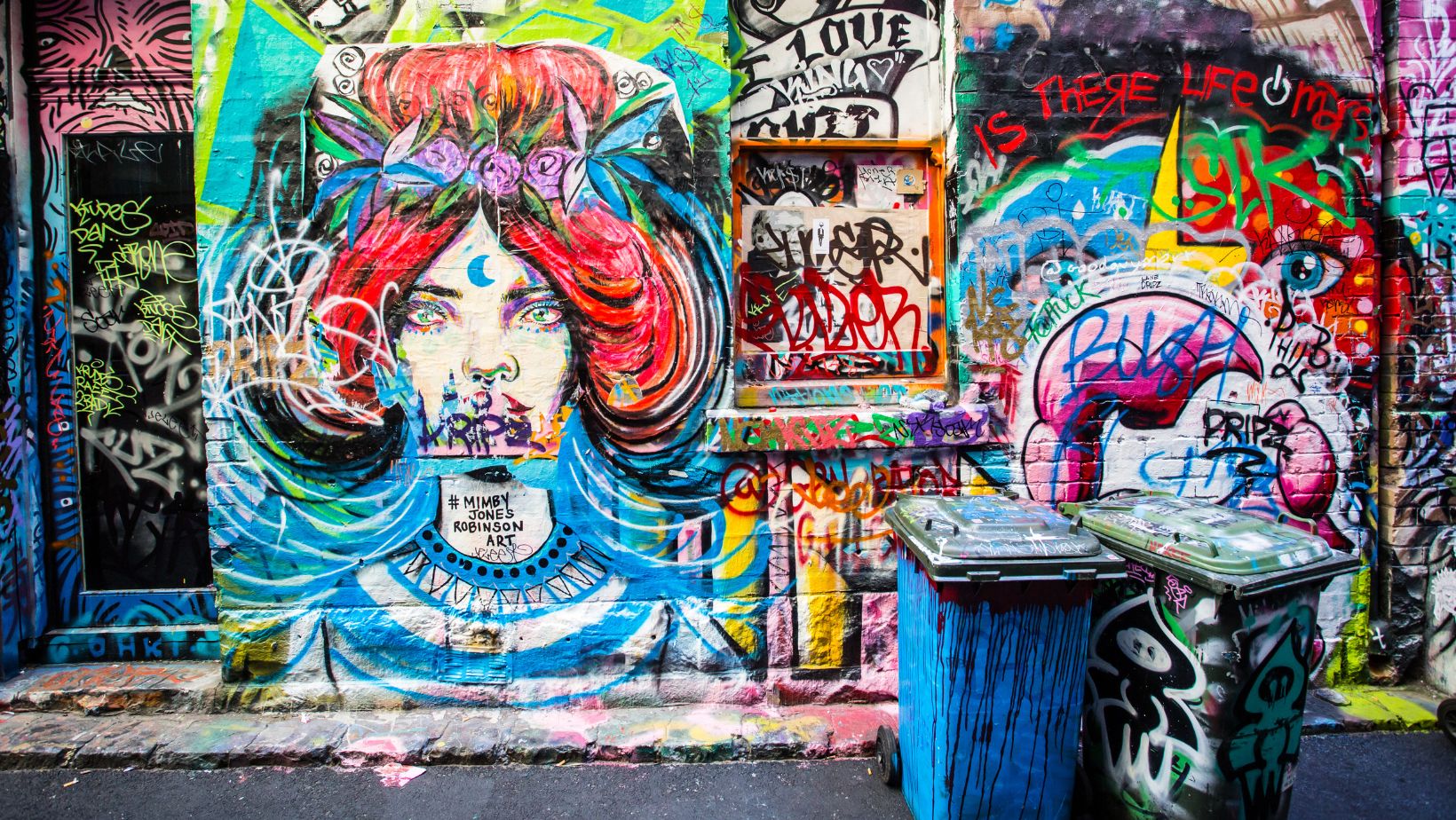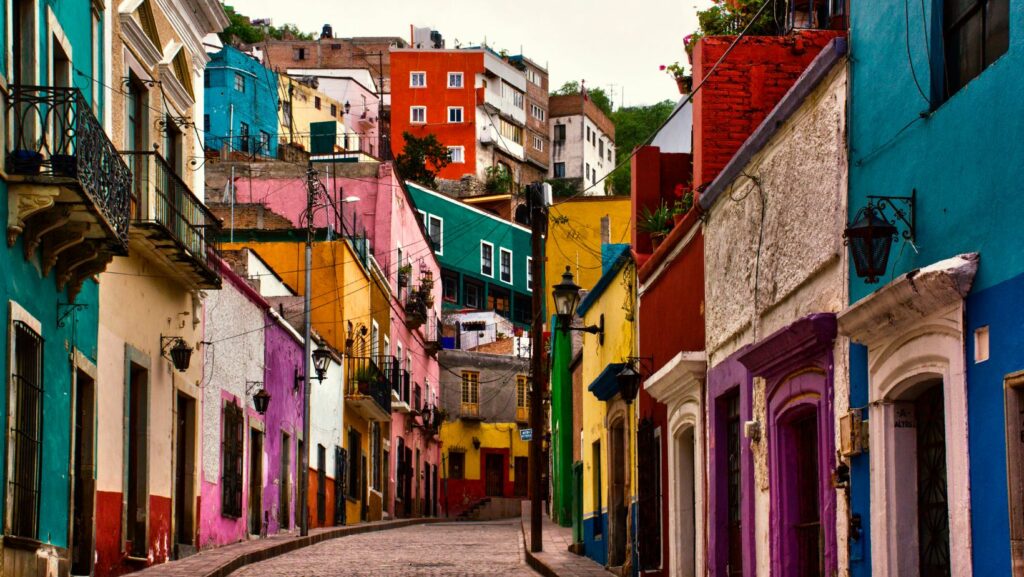Urban culture is more than just a buzzword; it’s the heartbeat of city life. From the bustling streets of New York to the vibrant neighborhoods of Tokyo, urban culture represents a dynamic blend of traditions, lifestyles, and social behaviors that define city living. It’s where creativity meets diversity, and innovation thrives.
Urban Culture Definition

Urban culture encompasses the collective traditions, lifestyles, and social behaviors of people residing in cities. It’s a dynamic interaction of diverse influences, including art, music, fashion, and social movements. Cities like New York, Tokyo, and London serve as epicenters of urban culture, each infusing their unique elements into the global tapestry. Urban culture arises from day-to-day interactions and community experiences.
Art, a significant component, appears in public installations, street art, and galleries, reflecting urban experiences and issues. Music, from hip-hop to electronic, echoes the city’s rhythm and diversity. Fashion trends emerge rapidly in urban settings, often setting global standards. Social movements, advocating for civic rights and environmental concerns, find fertile ground in cities.
Urban culture continually evolves, driven by technological advancements and shifting societal norms. This adaptability allows it to capture the complexities and vibrancy of city life.
Key Elements Of Urban Culture

- Artistic Expression: Urban art includes murals, street art, and public installations. These forms reflect local issues, social messages, and innovative designs. Artists use cityscapes as canvases to create visually engaging and thought-provoking pieces.
- Music and Dance: Cities are epicenters for diverse music genres like hip-hop, jazz, and electronic. These genres shape urban identity and provide a platform for cultural expression. Dance forms, such as breakdancing and hip-hop, often accompany urban music, creating a dynamic cultural blend.
- Fashion and Style: Urban fashion reflects individuality and creativity. Influences include streetwear, high fashion, and vintage styles. Fashion hubs like New York and Tokyo set trends that resonate globally, showcasing a blend of local and international styles.
- Social Movements: Urban areas foster social movements focused on civil rights, environmental issues, and economic equity. These movements drive societal changes and inspire communities to advocate for justice and equality. Urban culture’s dynamic nature often finds expression through protest art and public demonstrations.
- Technology and Innovation: Technology shapes urban experiences through smart infrastructure, digital art, and social media. Cities like San Francisco and Seoul lead in integrating technology into daily life, influencing communication, entertainment, and public services.
- Food and Cuisine: Urban areas offer culinary diversity, featuring global cuisines and fusion dishes. Food trucks, pop-up restaurants, and street vendors provide authentic and innovative food experiences. Urban cuisine reflects the multicultural fabric of city life.
Influences On Urban Culture

Urban culture is shaped by various influences. Migration brings diverse traditions and customs, enriching urban life. When people move to cities from different regions, they introduce their unique practices, creating a multicultural environment.
Media significantly impacts urban culture. Through television, movies, and social media, trends quickly spread and adapt to local contexts. For example, fashion trends from Paris and New York are often seen in cities worldwide.
Economic factors also influence urban culture. Job opportunities attract individuals to cities, creating a dynamic workforce that contributes to cultural diversity. This economic activity fosters innovation in art, music, and gastronomy.
Political landscapes shape urban culture too. Government policies on immigration, housing, and public spaces affect the social dynamics of cities. Advocacy and activism lead to social changes expressed in urban settings, like public protests and community organizing.
Lastly, technology drives urban culture. Innovations in communication and transportation enhance interactions and the exchange of ideas. Cities like Tokyo and San Francisco exemplify how technology integration can transform urban experiences.
Urban Culture In Different Cities

- New York: The Melting Pot: New York epitomizes urban culture through its blend of cultures, languages, and styles. Neighborhoods like Harlem represent historical significance in art and music. The city showcases street art, jazz clubs, and a dynamic fashion scene, projecting global influence.
- Tokyo: A Fusion of Tradition and Modernity: Tokyo combines ancient traditions with contemporary culture. Areas like Shibuya feature innovative street fashion and cutting-edge technology. Traditional festivals coexist with avant-garde art installations, reflecting a unique urban culture.
- London: Historical and Modern Synergy: London seamlessly integrates history with modernity. It boasts world-class museums, theaters, and music venues. Boroughs like Camden highlight urban trends through diverse music genres and indie fashion.
- Berlin: The Heart of Counterculture: Berlin stands out for its countercultural movements. Known for electronic music scenes and alternative art spaces, districts like Kreuzberg exemplify a rebellious, creative urban spirit.
- São Paulo: A Cultural Mosaic: São Paulo reflects cultural diversity through its vibrant art scene and street festivals. Neighborhoods like Vila Madalena are hubs for graffiti art and samba, showcasing the city’s cultural richness.
- Seoul: Technological and Cultural Hub: Seoul merges traditional Korean culture with high-tech advancements. Areas like Hongdae highlight K-pop culture, street performances, and innovative digital landscapes.

